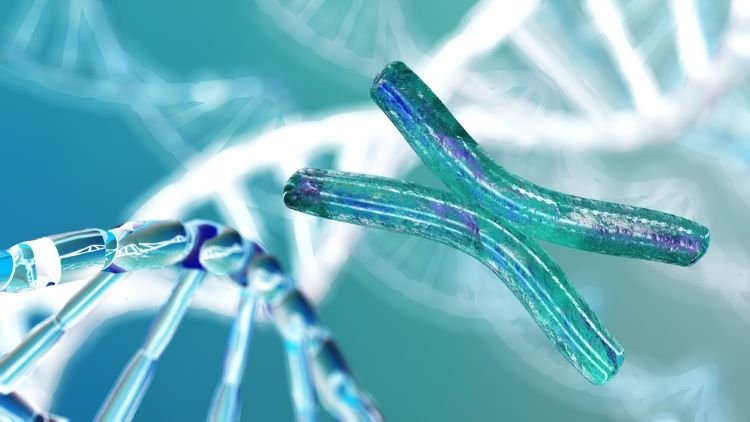Navigating delivery challenges of nucleic acid therapeutics

A paper has reviewed how novel drug delivery systems could achieve stable formulations of nucleic acid therapeutics.
The current progress, challenges and opportunities for achieving stable formulations of nucleic acid (NA) therapeutics with novel drug delivery systems (DDSs) has been discussed in a paper published in Pharmaceutics.
Over the past decade, the impact of nucleic acid (NA)-based biopharmaceuticals has been facilitated by breakthroughs associated with high-end manufacturing and pharmaceutical drug delivery.
While significant growth has been made in NA delivery, including intracellular delivery, several challenges and requirements remain. According to the authors, self-amplifying RNA (saRNA) could be a next-generation vaccine platform, but it requires smart drug delivery vehicles to maintain the long-term stability and efficiency of the drug.
NA therapeutics have emerged as promising drug class of RNA and DNA, offering modalities such as antisense oligonucleotides (ASOs), siRNA, miRNA, mRNA, small activating RNA (saRNA) and gene therapies.
The paper identified ASOs as a major division of approved NA therapeutics. Gene therapy has offered exciting treatment opportunities for numerous severe and rare diseases that currently have no cure, the researchers noted.
The current NA dosage forms and novel DDSs have enabled the successful launch of NA therapeutics globally. Ingle et al. stated that between 2004 and 2021, 23 NA therapeutics were approved.
Challenges of handling nucleic acid-based drugs
As active pharmaceutical ingredients (APIs), NAs are complex and delicate molecules that require sophisticated processes during manufacturing, handling, shipping, and long-term storage to preserve their stability. This specialised handling results in the drugs being more expensive.
A critical manufacturing hurdle is precision in the reproducibility of chemical synthesis, the assurance of reproducibility and the integrity of subsequent batches of the NA therapeutics, Ingle et al. acknowledged.
The authors noted that excipients provide a key role in designing nucleic acid therapeutics. Novel excipients and subcutaneous (SC) administration is also gaining attention. Mainly using optimised, high concentrations, they aim to maintain the stability of these products.
Future development of NA therapeutics
In the paper it was observed that “developing long-acting DDSs to improve the pharmacokinetic (PK) profile and enhance the targeting efficiency at cellular and tissue sites is critical.”
Ingle et al. suggested: “[f]ormulation scientists could merge advanced techniques, like artificial intelligence and machine learning” to potentially soon make “remedies for rare or currently untreatable diseases…possible and affordable.”
Source link
#Navigating #delivery #challenges #nucleic #acid #therapeutics